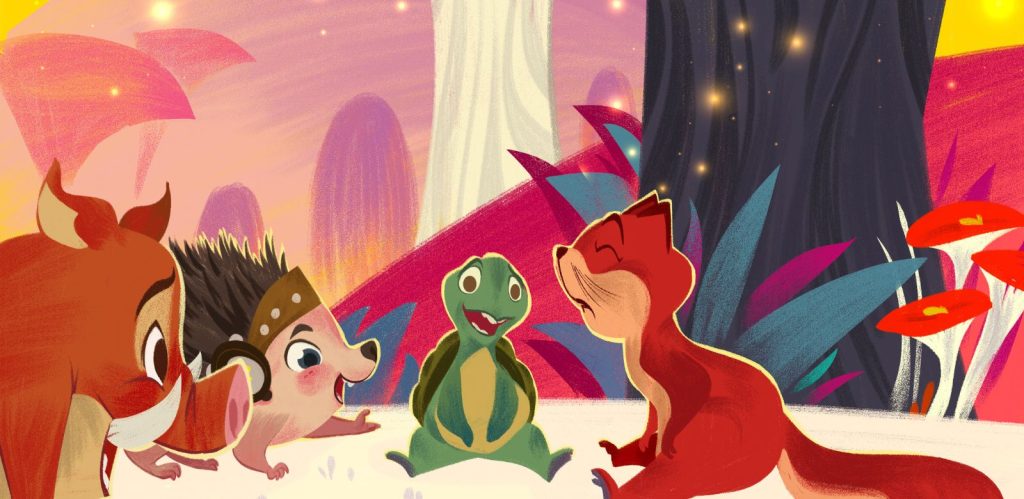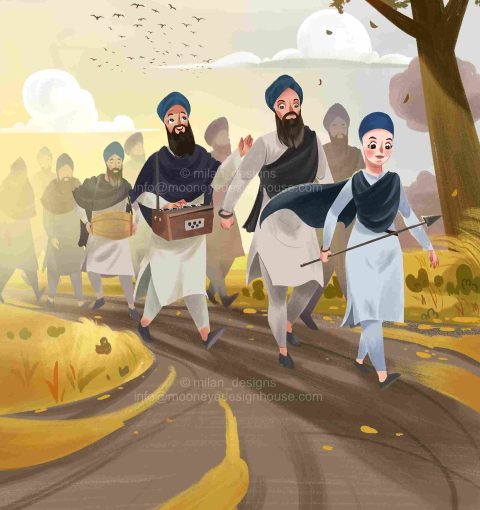Illustrations play a pivotal role in captivating young minds and enhancing the storytelling experience in children’s books. Creating a visually appealing and engaging world for young readers requires a combination of artistic skill, understanding of child psychology, and a keen sense of storytelling. In this detailed guide, we’ll explore a step-by-step guide on how to illustrate a children’s book and emphasize the importance of hiring a professional children’s book illustrator.

Start using this style on your WordPress sites and make your site more flexible.
Before diving into the creative process, it's crucial to understand the target audience. Consider the age group for which the book is intended and tailor your illustrations to suit their developmental stage. Different age groups have varying preferences, and understanding these nuances will help you create visuals that resonate with young readers.
Communication between the author and illustrator is key to ensuring a cohesive and harmonious final product. Collaborate closely with the author to gain insights into the narrative, characters, and the overall vision for the book. A shared understanding of the story will enable you to create illustrations that complement and enhance the written content.
Establishing a consistent visual style is crucial for maintaining continuity throughout the book. Consider factors such as color palette, character design, and overall aesthetic. A well-defined style guide will serve as a roadmap for your illustrations, ensuring a cohesive and visually appealing final product.
Start the illustration process by creating rough sketches and thumbnails. This allows you to experiment with different compositions, character poses, and scenes. Focus on capturing the essence of the story and conveying emotions through your sketches. Don't be afraid to iterate and refine your ideas before moving on to the final illustrations.
Choose the medium that aligns with your artistic strengths and the overall tone of the book. Digital illustration offers flexibility and easy edits, while traditional methods can bring a unique, tactile quality to the illustrations. Whichever method you choose, ensure that the final illustrations meet the technical requirements for printing.
Children's book characters are the heart of the story, and their visual representation should be both endearing and relatable. Pay attention to facial expressions, body language, and details that make each character distinctive. Engaging characters will forge a connection with young readers and enhance the overall reading experience.

Professional children's book illustrators have a deep understanding of child psychology and can create visuals that resonate with young readers.

Working with a dedicated illustrator allows for a smooth collaboration, ensuring that the illustrations seamlessly align with the author's vision and the overall narrative.

Experienced illustrators can maintain a consistent visual style throughout the book, providing a cohesive and immersive reading experience for children.

Professional illustrators are well-versed in the technical aspects of book illustration, ensuring that the final artwork meets the printing and publishing requirements.

Hiring a skilled illustrator allows authors to focus on writing while the visual storytelling aspect is expertly handled. This not only saves time but also results in a higher quality end product.
Lorem ipsum dolor sit amet, consectetur adipiscing elit. Ut elit tellus, luctus nec ullamcorper mattis, pulvinar dapibus leo.

Looking for a children's book illustrator for hire? Look no further, because Mooneye Design House is your ultimate solution for professional and affordable illustration services. Contact us anytime or hire us on Fiverr or Upwork.
